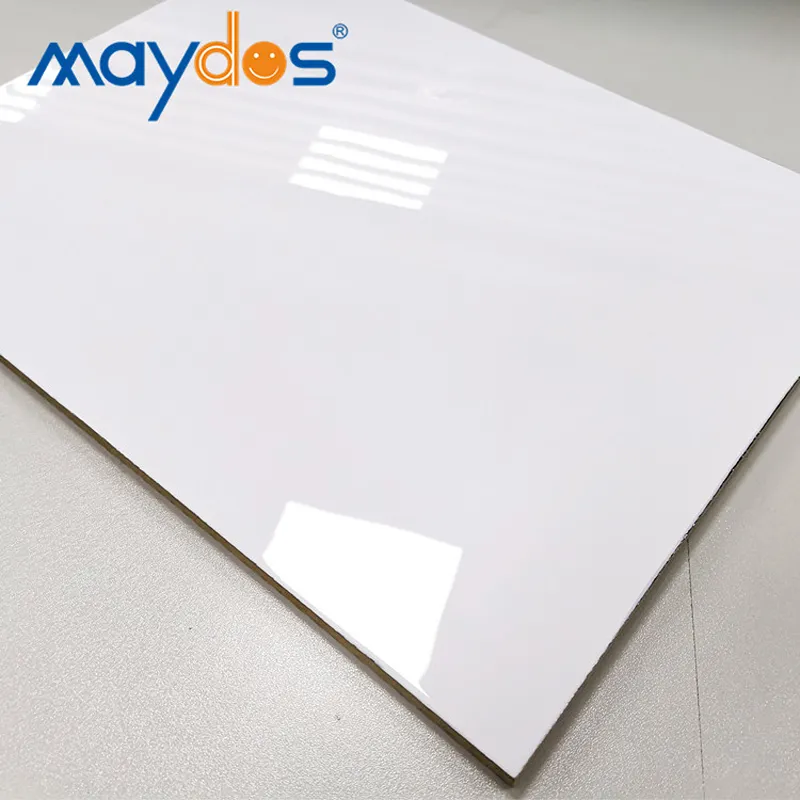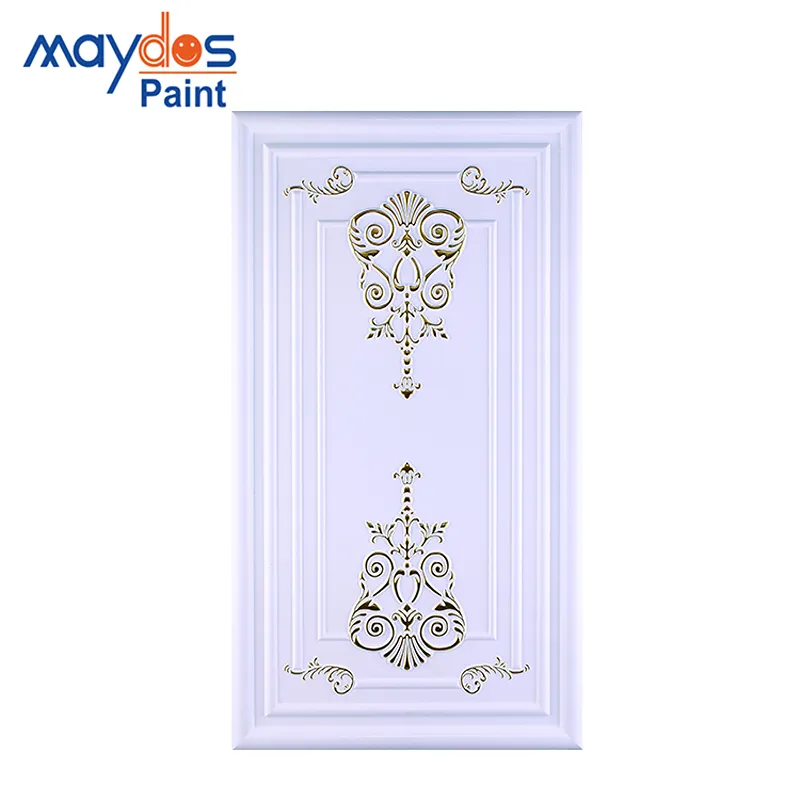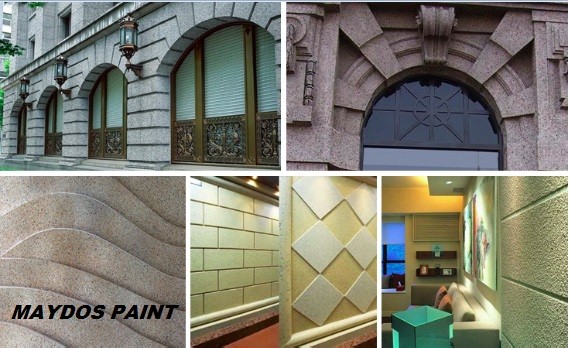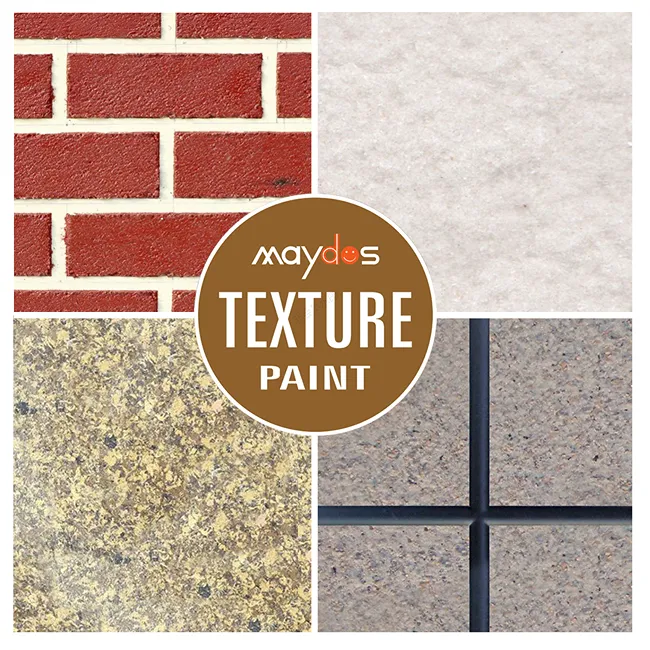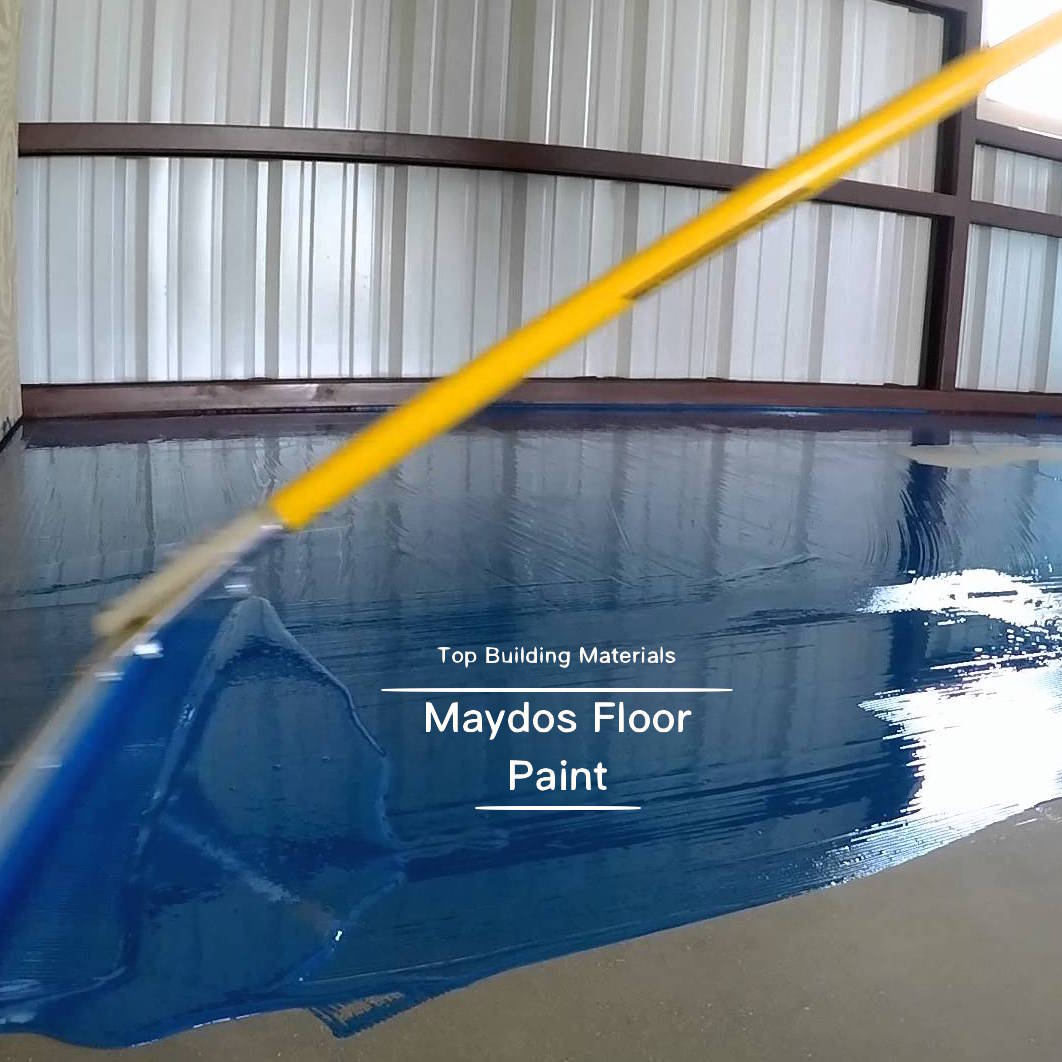Wood, with its natural warmth and versatility, has long been a favorite material for furniture, flooring, and architectural elements. To enhance its aesthetic appeal and durability, wood paint plays a crucial role. As a wood paint manufacturer, understanding the nuances of creating high-quality wood finishes is essential. This article explores the art and science behind wood paint manufacturing, the challenges faced, and the impact of technological advancements on the industry.
The Journey of Wood Paint Manufacturing
The process of manufacturing wood paint is both an art and a science, involving careful consideration of ingredients, production techniques, and quality control measures.
- Sourcing Quality Ingredients: The foundation of any wood paint is its ingredients. High-quality resins, pigments, solvents, and additives are selected to ensure the paint offers excellent coverage, durability, and finish.
- Milling and Mixing: The raw ingredients are meticulously milled and mixed to achieve the desired consistency and color. This process requires precision to ensure uniformity and quality.
- Quality Control: Throughout the manufacturing process, rigorous quality control checks are conducted to monitor the viscosity, color, and other properties of the paint. This ensures that every batch meets the highest standards.
- Finishing and Packaging: Once the paint is ready, it is filtered to remove any impurities and then packaged in containers that protect the product from contamination and degradation.
The Types of Wood Paints
Wood paint comes in various types, each designed to cater to specific needs and preferences:
- Water-Based Paints: Environmentally friendly and easy to clean up, water-based paints are popular for their low odor and quick drying time.
- Oil-Based Paints: Known for their durability and rich finish, oil-based paints are often used for high-traffic areas and exterior applications.
- Lacquers: Providing a high-gloss finish, lacquers are used for furniture and other wood surfaces where a protective, shiny coat is desired.
- Stains: While not paint in the traditional sense, stains are used to enhance the natural grain of the wood while offering some level of protection.
Technological Advancements in Wood Paint Manufacturing
Technological advancements have revolutionized the wood paint manufacturing process:
- Automated Systems: The use of automated systems for mixing and packaging has improved efficiency and reduced the risk of human error.
- UV Curing: UV curing technology allows for faster drying times and increased durability, making it ideal for high-production environments.
- ** Nanotechnology**: Nanotechnology is being used to create paints that offer advanced properties, such as self-cleaning and anti-microbial features.
Challenges in Wood Paint Manufacturing
Despite the advancements, wood paint manufacturers face several challenges:
- Environmental Regulations:严格的环境法规要求制造商减少挥发性有机化合物(VOCs)的排放,这需要不断研究和开发更环保的配方。
- Material Sourcing: The availability and quality of raw materials can be unpredictable, affecting production schedules and costs.
- Market Competition: The market is highly competitive, requiring manufacturers to continuously innovate and offer unique products.
The Impact of Wood Paint on the Industry
The quality of wood paint has a significant impact on the woodworking industry:
- Aesthetic Enhancement: Paints can transform the look of wood, offering a wide range of colors and finishes that complement any design style.
- Protection: Paints provide a protective layer that shields wood from moisture, UV rays, and wear, extending the life of the product.
- Ease of Maintenance: A painted finish makes cleaning and maintenance easier, which is particularly important for high-traffic areas.
Sustainability Wood Paint Manufacturing
Sustainability is a growing concern in the manufacturing industry:
- Eco-Friendly Formulations: Manufacturers are developing paints with low or zero VOCs to reduce their environmental impact.
- Recyclable Packaging: Using recyclable materials for packaging helps to minimize waste and promote a circular economy.
- Energy Efficiency: Implementing energy-efficient practices in manufacturing processes reduces the carbon footprint of the operation.
The Global Market for Wood Paints
The demand for wood paints is global, with regions contributing to the market’s growth:
- Regional Preferences: Different regions have unique preferences for finishes, colors, and applications, requiring manufacturers to be adaptable.
- Economic Factors: Economic growth in emerging markets is driving the demand for wood products and, consequently, wood paints.
- Trends in Architecture and Interior Design: Trends in design influence the types of wood paints that are in demand, with a current emphasis on natural and sustainable options.
Conclusion
The manufacturing of wood paint is a complex and exacting process that requires a deep understanding of materials, technology, and market demands. As manufacturers continue to innovate and improve their products, they play a vital role in enhancing the beauty and longevity of wood products. With a focus on sustainability, quality, and customer satisfaction, wood paint manufacturers are well-positioned to meet the challenges of the future and contribute to the continued growth of the woodworking industry. By embracing the latest advancements and maintaining a commitment to excellence, wood paint manufacturers will continue to craft elegance for generations to come.








